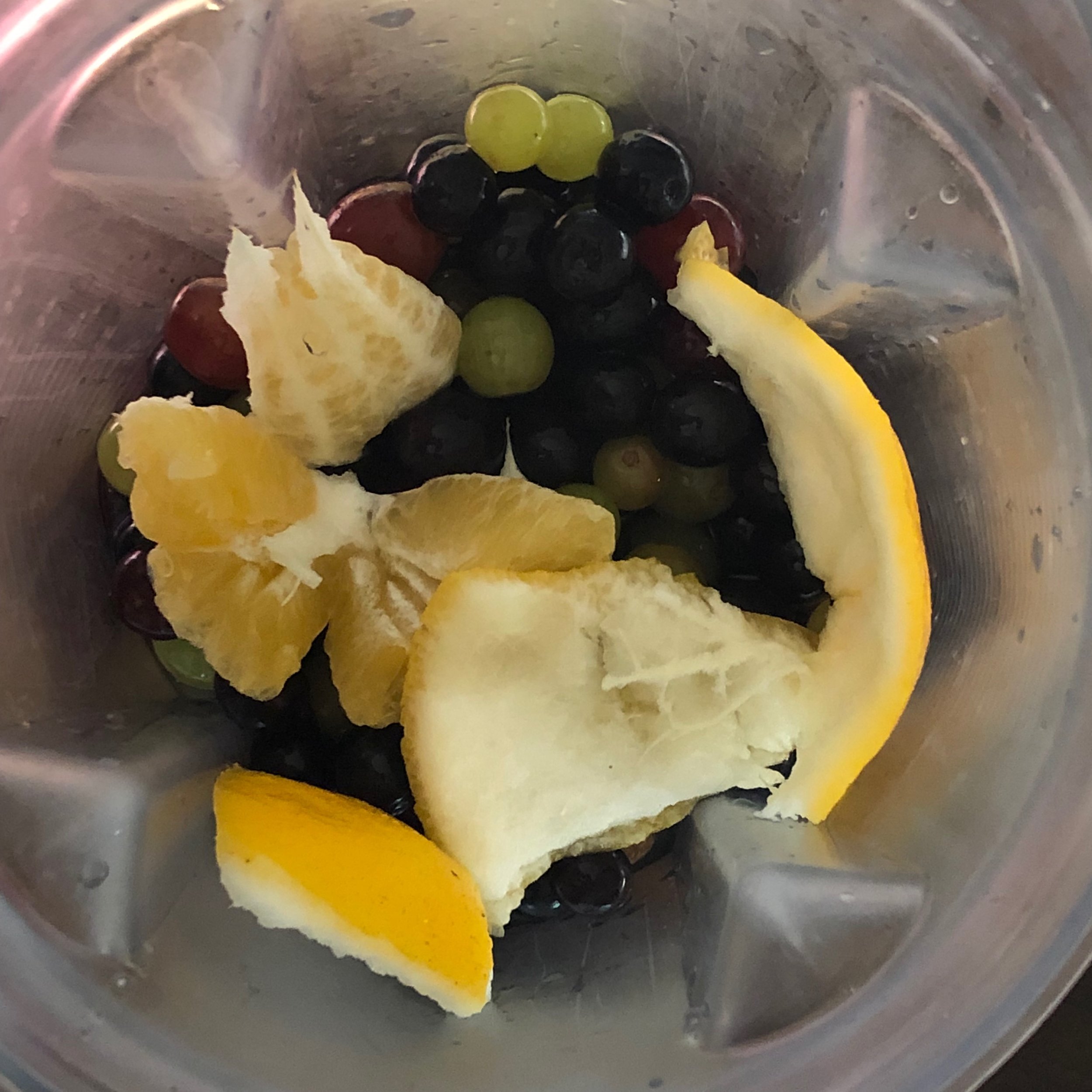It really is worth taking the time to understand the extent of how herbs and spices may be used to enhance our lives. Thus, the focus of the next few posts will be on herbs and spices.
How To Shop For The Best Herbs and Spices: Some Recommendations
To maximize their benefits when shopping for them, these are my recommendations:
WHOLE
Always opt for whole, not ground-up. They will retain their potency for much longer than herbs (which go stale) and ground-up spices (which go rancid). The grinding process exposes more surface area to the air and releases the volatile oils that give the spices their potency. They will go rancid more quickly. A coffee grinder is a good way to grind spices when you require them.
NON-IRRADIATED
In order to take advantage of the medicinal benefits, try to purchase non-irradiated spices. Just as packaged foods are pasteurized, the spice industry uses ionizing radiation to kill bacteria 🦠. There is good intention: According to the FDA, “food irradiation (the application of ionizing radiation to food) is a technology that improves the safety and extends the shelf life of foods by reducing or eliminating microorganisms and insects”. However, the irradiation also sterilizes the spices by killing the good bacteria, damaging nutrients, reduces the flavor and possibly produces free radicals.
Brands that I recommend include Frontier Co-op, Simply Organic and Aura Cacia. Frontier Co-op and Simply Organic are easy found at Whole Foods, Cooportunity and many other mid- to high-end markets in major American cities.
Mountain Rose Herbs in Oregon is a very reputable online vendor.
It is also likely that purchases from small local growers are non-irradiated.
ORGANIC
Purchase organic (which, by definition, excludes irradiated spices). This also ensures that your spices are free of fillers (such as sugar, rice and flour), preservatives, artificial flavors and other contaminants – all things that the FDA does not require for non-organic spices. You will be surprised what shows up in your food these days.
STORAGE
The best way to store them is to keep them away from heat, light and air.
With so much variety and such powerful uses – hundreds of herbs and spices are sold on the market, while alternative medical doctors urge us to take herbs to heal what ails us – why do most of us go through our daily lives sprinkling just salt and pepper as our condiments of preference? That’s a whole other story, one that Bill Bryson addresses in his fabulous book.










































